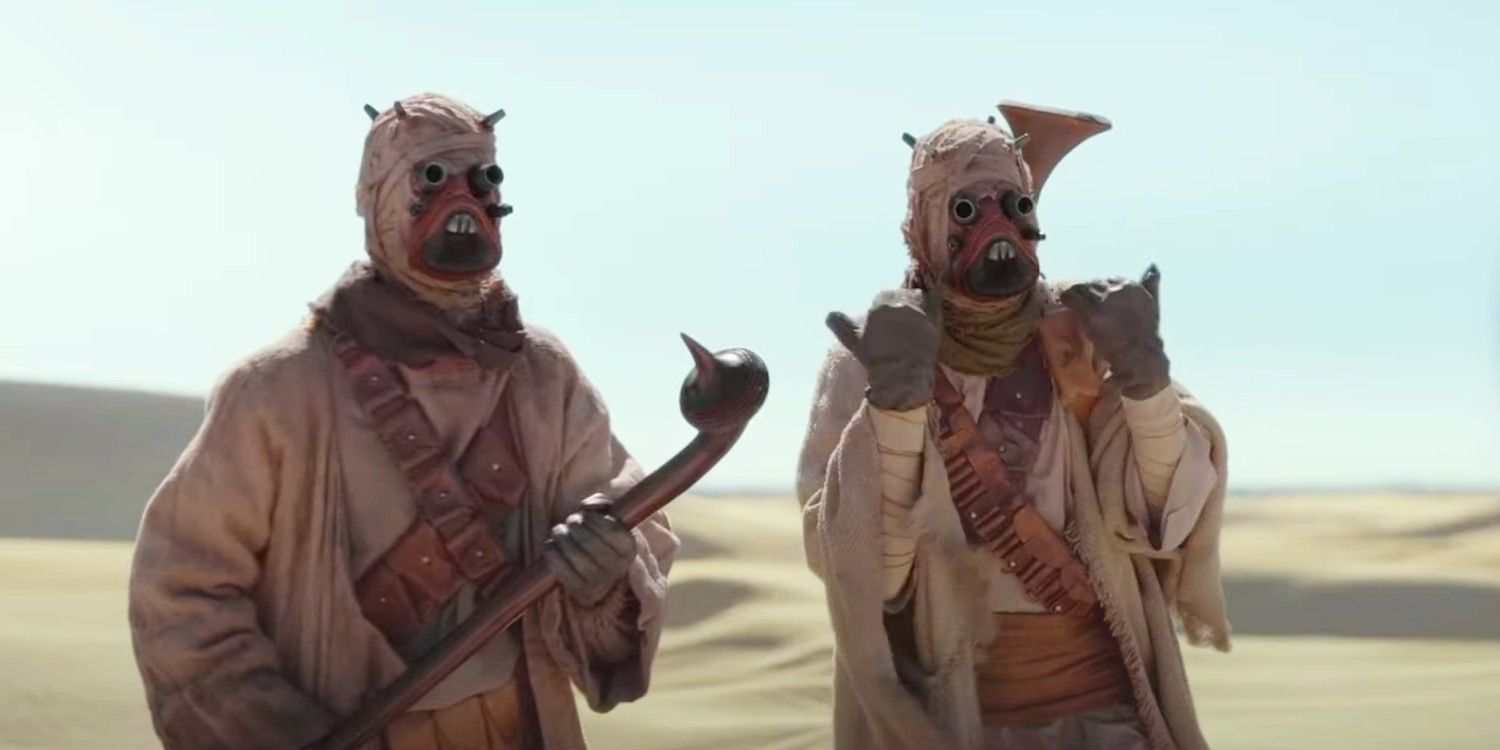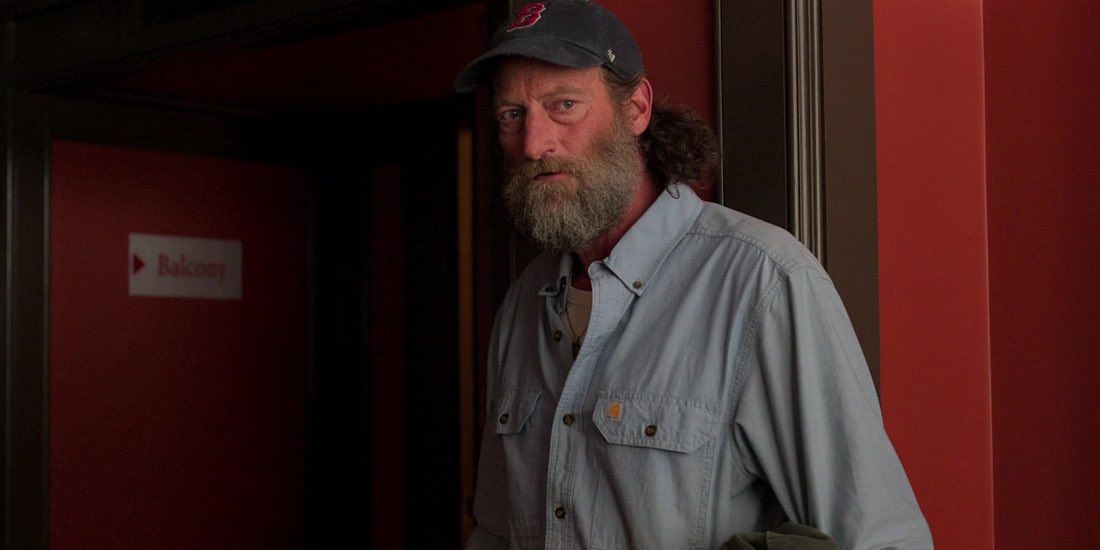The sign language used by the Tusken Raider tribe in the Star Wars television series The Book of Boba Fett and The Mandalorian was created by CODA star Troy Kotsur. The deaf actor has been recently making waves in Hollywood for raking up Best Supporting Actor awards at the Screen Actor's Guild Awards, the Golden Globes, and the Academy Awards for his role as Frank Rossi in the 2022 Best Picture winner CODA, a film about a deaf mother and father who struggle with their fishing business while raising a hearing-abled child. Kotsur became the first deaf actor to win an acting award in the history of the Oscars, but many may not have known that the actor contributed to one of the most popular media franchises.
Star Wars: The Book of Boba Fett, a spin-off television series of The Mandalorian, centers on the infamous titular bounty hunter who once hunted and captured Han Solo in The Empire Strikes Back and was thought dead following the events of Jabba's demise in The Return of the Jedi. The new Star Wars series details the events directly after the original trilogy, showing the persistent mercenary barely escape the Sarlacc Pitt with his life. Stranded in the vast desert that encompasses the alien planet Tatooine, Boba Fett is rescued by a band of Tusken Raiders, a nomadic 'sand-people' who live a primitive but rich life among the dunes.
Star Wars News Net reports that Academy Award-winning actor Troy Kotsur was instrumental in creating the sign language used by the Tusken Raiders in The Mandalorian and The Book of Boba Fett. The Tuskens do not speak Basic - the Star Wars universe's version of English - but instead speak through their own unique sign language. Kotsur explained that he wanted the Tusken Raiders' sign language to be something quite different than American Sign Language. Kotsur originally appeared as a Tusken Raider in The Mandalorian season 2 episode 5, but was later credited in the spin-off show as the Tusken Sign Language creator. Read what Kotsur said previously about his work developing the language (via Daily Moth), below:
"I did research on the culture and environment of Tusken Raiders. I researched on the desert called ‘sand people.’ That is what Luke Skywalker calls them ‘sand people.’ Anyway, my goal was to avoid ASL. I made sure it became Tusken Sign Language based on their culture and environment."
Kotsur was made an honorary member of the international Star Wars fan costuming group, the 501st Legion for his vital work and contribution to Star Wars, an honor that the actor welcomed with great enthusiasm. According to Kotsur, working on the science-fiction fantasy franchise has been a dream come true since he was a little child. He remembers first watching Star Wars when he was 8-years-old and having his mind blown, calling the experience life-changing. The actor was enthralled by the visual feast the 1977 film provided adding, "For the first 5 minutes, remember the opening of that movie? The spaceships shooting, the robots, C-3P0 scrambling, and all of that overwhelmed my eyes. I watched it 28 times. I watched the movie Star Wars: A New Hope 28 times."
Although The Book of Boba Fett received mixed reviews from fans and critics, the depiction of the Tusken Raiders, a group that rarely appears in Star Wars media other than to be fodder for blaster fire or a lightsaber, was generally favorable. The attention to detail in regard to their cultural practices and unique sign language added depth to an otherwise disregarded alien species. Unfortunately, the group of Tuskens that assist Boba Fett are killed off by a rival faction of drug running crime lords, but hopefully more of the nomadic sand people who played such an important role in Boba Fett's character arc will return for season 2. The Book of Boba Fett can be currently streamed on Disney +.
Source: Star Wars News Net


